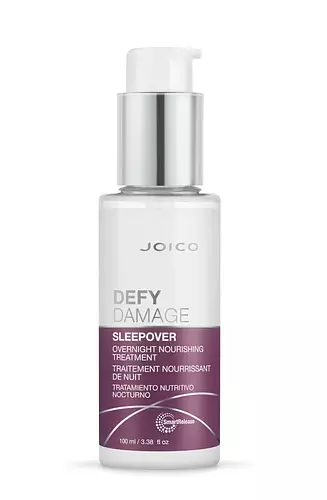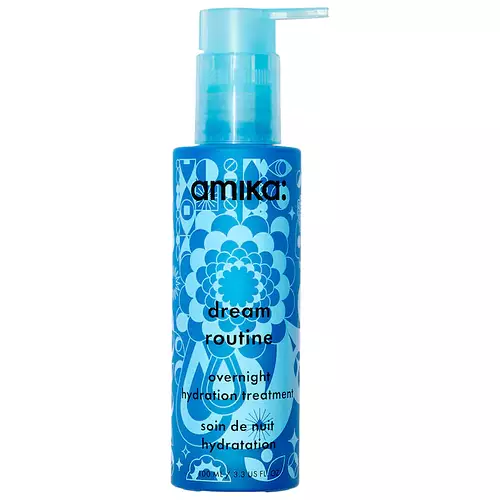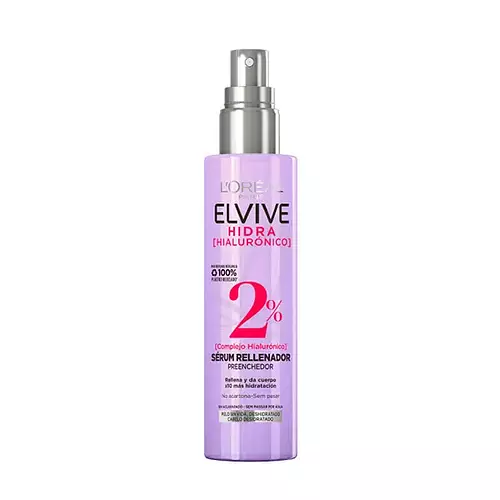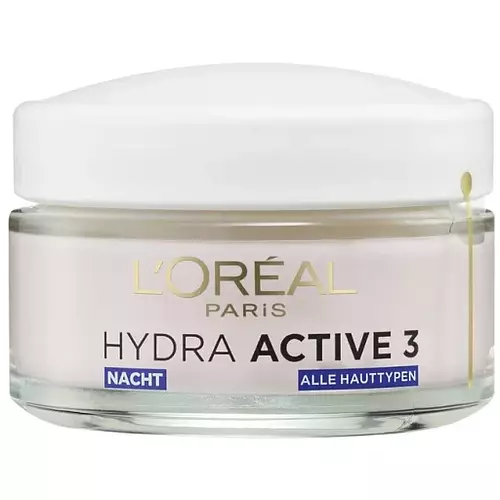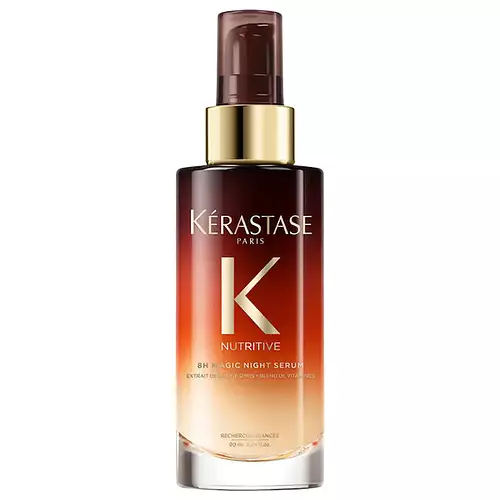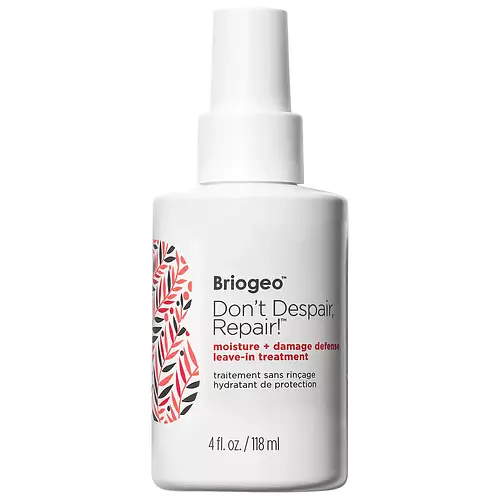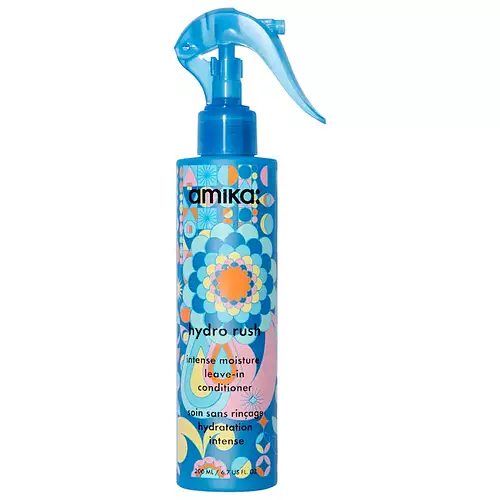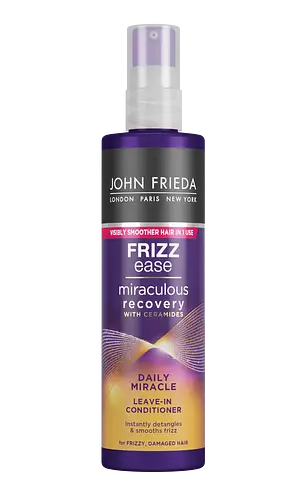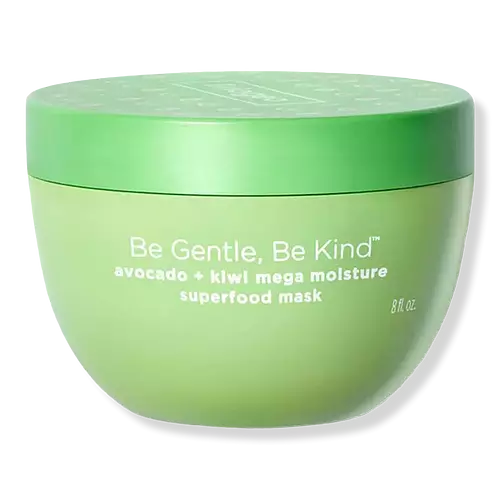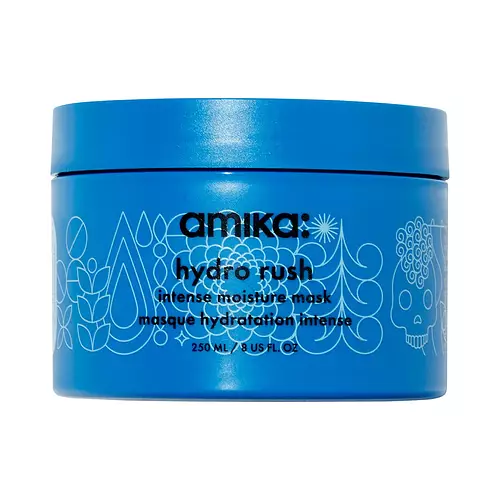Updated on January 30, 2024
Overview
What they are
These products are both cruelty-free and reef safe hair masks. They have a total of 2 ingredients in common
Suited For
They're both likely to be good for scar healing
Free From
They both do not contain any harsh alcohols or parabens
What's Inside
They both contain fragrances and oils
We independently verify ingredients, and our claims are backed by peer-reviewed research. Spot a product that needs an update? Let us know.
Ingredient Info
Joico Defy Damage Sleepover 16 ingredients
Amika Dream Routine Overnight Hydrating Hair Mask 27 ingredients
At a glance
Click on any of the items below to learn more
Joico Defy Damage Sleepover 16 ingredients
Amika Dream Routine Overnight Hydrating Hair Mask 27 ingredients
Benefits
This product contains 1 ingredient that may have this attribute:
Concerns
This product contains 1 ingredient that may have this attribute:
This product contains 1 ingredient that may have this attribute:
This product contains 1 ingredient that may have this attribute:
Benefits
This product contains 2 ingredients that may have this attribute:
This product contains 1 ingredient that may have this attribute:
This product contains 1 ingredient that may have this attribute:
This product contains 1 ingredient that may have this attribute:
This product contains 2 ingredients that may have this attribute:
Concerns
This product contains 1 ingredient that may have this attribute:
This product contains 1 ingredient that may have this attribute:
This product contains 1 ingredient that may have this attribute:
This product contains 2 ingredients that may have this attribute:
Ingredients Side-by-side
Ingredients Explained
These ingredients are found in both products.
Ingredients higher up in an ingredient list are typically present in a larger amount.
Phenoxyethanol is a preservative that has germicide, antimicrobial, and aromatic properties. Studies show that phenoxyethanol can prevent germ and microbial growth. By itself, it has a scent that is similar to that of a rose.
It's often used in formulations along with Caprylyl Glycol to preserve the shelf life of products.
Parfum is a catch-all term for an ingredient or more that is used to give aroma to products. Parfum, or fragrance, can be a blend of hundreds of chemicals or plant oils. This means every product with "fragrance" or "Parfum" in the ingredients list is a different mixture.
In the US, the alternative name for parfum is 'fragrance'. The term 'fragrance' is not regulated in many countries. In many cases, it is up to the brand to define this term.
For instance, many brands choose to label themselves as "fragrance-free" because they are not using synthetic fragrances. However, their products may still contain ingredients such as essential oils that are considered a fragrance. One example is Calendula flower extract. Essential oil ingredients still impart a scent or 'fragrance'.
Depending on the blend, it can cause allergies and sensitivities on the skin. Some ingredients that are known EU allergens include linalool and citronellol.
Products use parfum often to give products a scent or cover up smells of different ingredients.
The bottom line is: not all fragrances/parfum/ingredients are created equally. If you are worried about fragrances, we recommend taking a closer look at an ingredient. And of course, we always recommend speaking with a professional.
Learn more about ParfumIngredient Ratings
Here's what our community thinks of the ingredients in these two products.
When to use
Joico Defy Damage Sleepover 16 ingredients
Amika Dream Routine Overnight Hydrating Hair Mask 27 ingredients
Reviews
Here's what our community thinks
Joico Defy Damage Sleepover 16 ingredients
Amika Dream Routine Overnight Hydrating Hair Mask 27 ingredients
Butter
I love using this in between wash days to help re-hydrate my dry lengths. Honestly was surprised by how much I love this product, does exactly what...
I love using this in between wash days to help re-hydrate my dry lengths. Honestly was surprised by how much I love this product, does exactly what I want it to do and doesn't weigh down my low porosity hair. Always it smells amazing and the scent actually stays in my hair!
